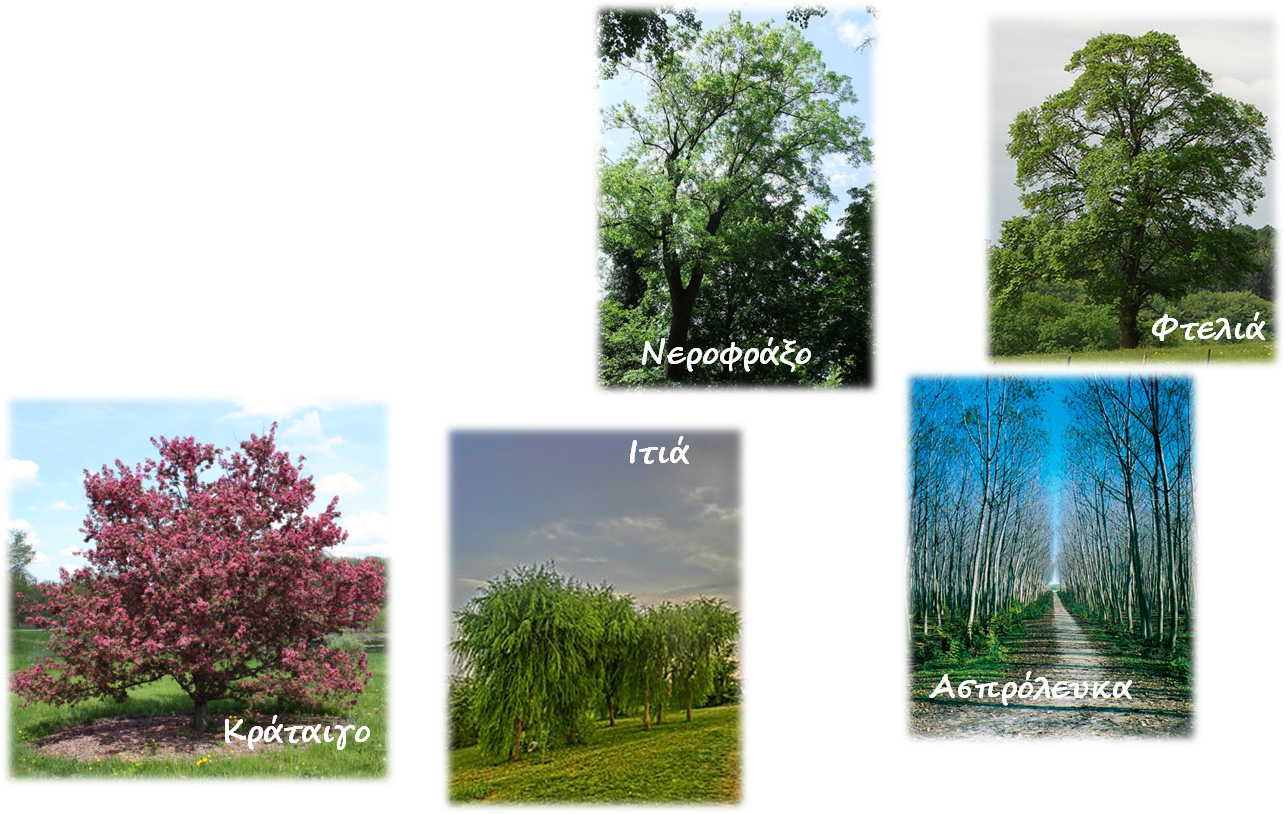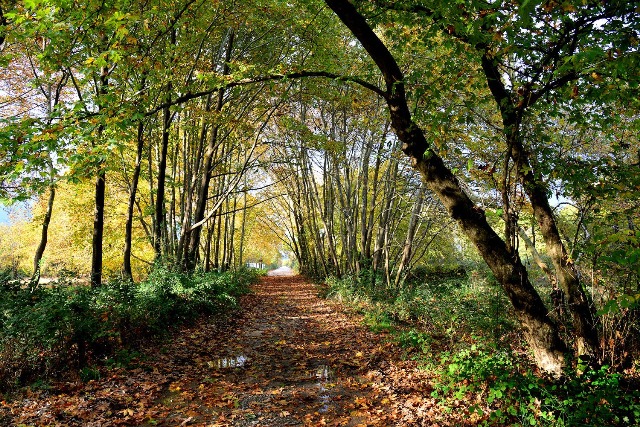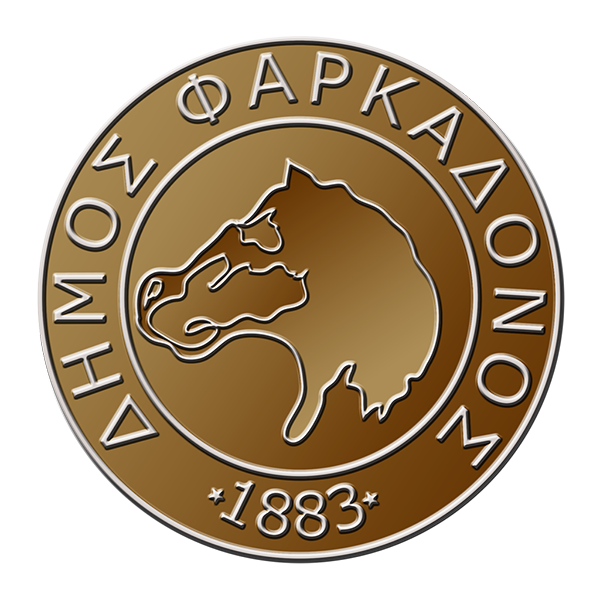The Farkadonas region is still lucky enough to have a remnant riverside forest (Romani, Keramidius forest), which, together with the “Thousand trees” of Karditsa and the “Platanoulia” of Tyrnavos, are the only witnesses of the natural primeval image of the Thessalian plain.
It is located in “Roumania” at the 2nd kilometer of the Farkadonas-Keramidiou road (on the left side of the road), with a total area of 450 acres.
The composition of the forest vegetation, indicative of the primordial riverside forest of Pinios, consists of the following main species: Water sedge, Asproleuca, lowland Elm (karagatsi), Moss-footed oak (oak), Hawthorn (Trikoukia, Burboutzelia), lowland Maple, Crania (water skulls), Koutsoupia, Itia etc. All the above species are water-loving and make up riparian forests or swamp forests.

This was the primary image of the vegetation, along the Pinios, but also more widely in the Thessalian plain, supplemented by a few more species, as we moved away from the riverbed.
At this point lies the value of the Farkadonas Keramido forest, which is a miniature and one of the last witnesses of the natural image that prevailed thousands of years ago in the Thessalian plain. Its value is timeless, not only for experts, but also for all of us who were born and live in this place and who must recognize the natural, historical, cultural and other values that it possesses and which we must preserve, to highlight and utilize appropriately. The Keramido Farkadonas forest is part of the “dowry” bequeathed to us by our ancestors, even if they limited it to a small area, which nevertheless functions perfectly as a complex ecosystem, as long as it is not damaged more and is properly managed.
Myths and historical references.
Homer in the Iliad mentions extensive use of Phrasus wood for shipbuilding, tools, and many other uses.
The wood of Fraxus in the Homeric Epics was used in the cities of Argissa, near present-day Amydgalea, (Iliad B 680-760) and Oichalia for the construction of 17 and 30 ships respectively, with which they participated in the Trojan War, together with two other Thessalian cities Trikki and Ithomi Karditsa. The leaders of the Oichalia expedition were Mahaonas and Podaleirios, sons of Asclepius and famous physicians themselves.
Hippocrates and Theophrastus mention that the leaves of the holly tree (Melia) contain many tannic and mucilaginous substances and aromatic oils. It was used in rheumatism while the bark decoction as a soothing bitter tonic for malaria.

Hidden inside the Primeval Forest of Farkadona is the chapel of Agios Nikolaos, in a deserted area, in the wild nature. The church was built in 1998 on the ruins of the old church of Agios Nikolaos. He is the patron saint of Farkadona and operates once a year, on May 20, during the celebration of the Collection of his Relics.
Church of Agios Nikolaos-Religious traditions
Hidden in the Primeval Forest of Farkadona is the chapel of Agios Nikolaos, in a deserted area, in the wild nature. The church was built in 1998 on the ruins of the old church of Agios Nikolaos. He is the patron saint of Farkadona and operates once a year, on May 20, during the celebration of the Collection of his Relics.
The festive events, until the 1960s, were complemented by the popular custom of horse racing. Several young riders from the region participated with their horses and the route was from the chapel of Agios Nikolaos to the square of Farkadona (Tsiotiou).

